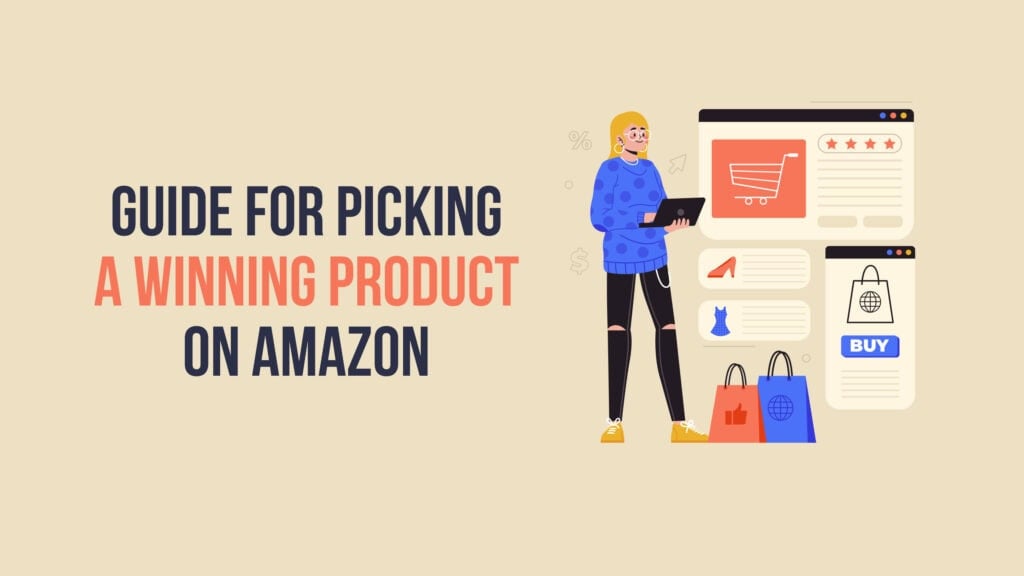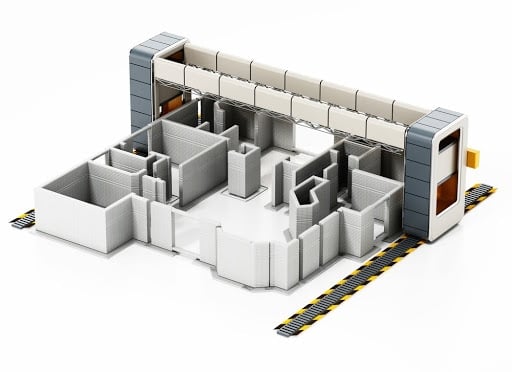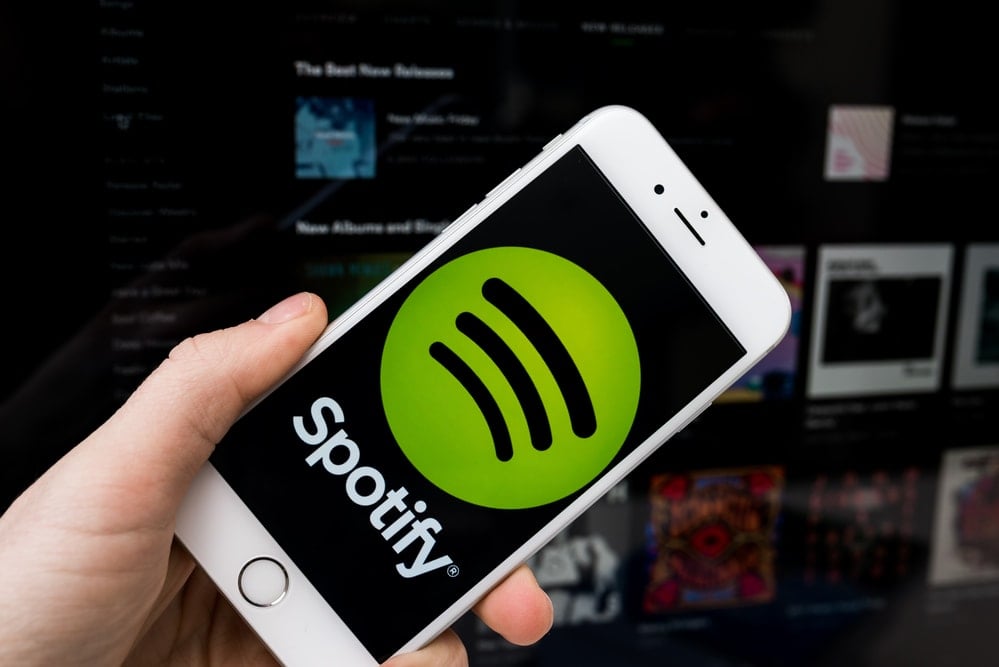Before Samsung and Apple were the top two competitors in the mobile phone market, Nokia was king. This mobile phone company served customers in 130 companies. It was one of the first to capture 49% of the mobile phone market's market share. Anyone alive during the 90s and early 2000s knew the iconic Nokia ringtone.
This was an impressive feat for any company. But Nokia was making a whole host of different products long before it sold mobile phones. Did you know they also produced rubber boots and paper products?
In this article, we're sharing the weird history of Nokia that you never knew.
Nokia Highlight Reel
- Fredrik Idestam founded Nokia, a paper mill company, in 1865. Over the years, the company expanded into multiple industries. This included machinery production, electrical generation, and telecommunications.
- Nokia constantly innovated based on market trends. This helped them enter new markets, like telecommunications and consumer electronics.
- After Nokia launched its first mobile phone, its popularity and sales skyrocketed. The company conquered nearly 50% of the mobile phone market share. As a result, it was a wildly profitable household brand.
- Competition and failure to keep up led to Nokia's downfall in the early 2000s. Samsung and Apple left the brand in the dust.
- Windows acquired Nokia's mobile phone in 2013. HMD Global, a Finnish mobile phone company created by former company executives, bought back Nokia's mobile phone division.
- HMD Global is still producing smartphones today. The company recently launched the Nokia 8.3 5G in 2020.
The Iconic Ringtone Heard Around the World
Nokia's Early Beginnings
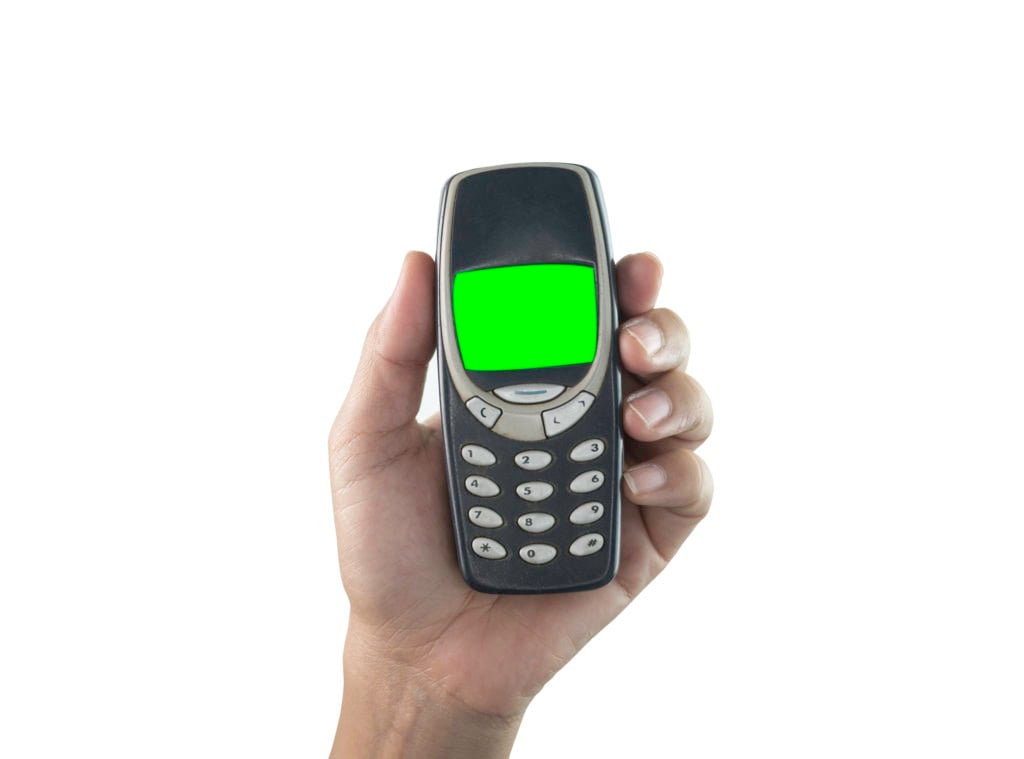
Nokia began as a paper mill company in 1865. Fredrik Idestam established the company in southern Finland. Three years later, Idestam created a second paper mill near the town of Nokia. In 1871, Idestam and his friend, Leo Mechelin, formed a shared company called Nokia Ab. Michelin was the chairman.
In the early 21st century, the company was a pioneer in mobile phone technology. Similarly, 19th century it made advancements in their industry. The company introduced new production methods by leveraging the country's primary resource: forests. As the company expanded, they even constructed their own power plants. As a result, now Nokia could power their energy-intensive company.
Expanding Beyond Paper Products
In 1902, Michelin decided to expand beyond paper products and enter the electricity industry. Unfortunately, World War I took a toll on Nokia's profitability. In short, the company neared bankruptcy.
In 1922, Finnish Rubber Works (owned by Eduard Polón) acquired Nokia. Finnish Rubber Works manufactured rubber products, including rubber boots. The company was able to bring in revenue by manufacturing respirators for civilians. Finnish Rubber Works also manufactured gas masks for the Finnish Defense Forces.
As Finnish trade expanded, so did the Nokia company. In the 1960s, its leaders decided it was time to develop their interests beyond Finnish borders. Part of their strategy was to improve their internal structures and acquire different companies.
The Birth of Nokia Corporation
In 1967, three companies — Nokia Ab, Finnish Rubber Works, and Kaapelitehdas — merged to form the Nokia Corporation. Under the brand, the company restructured into four major sectors:
- Rubber
- Cable
- Forestry
- Electronics
The Nokia Corporation also established another division. It focused on data processing, automation, and communication. This division would help Nokia continue creating innovative products. Samsung developed various electronics, like computers and workstations. As a result, knowledge in electronics prepared Nokia for researching mobile phones.
Telecommunications and Electronics
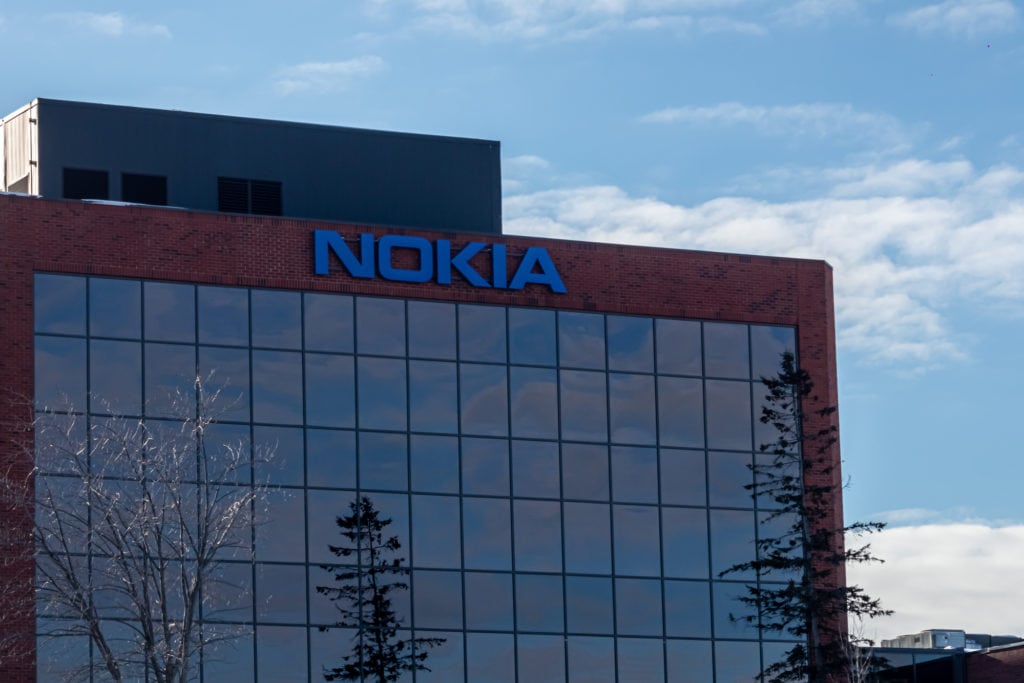
In 1977, Kari Kairamo became CEO of Nokia. Kairamo focused on telecommunications and electronics. One of its first ventures was selling switching systems under license from Alcatel. Alcatel was a French telecommunications company.
Nokia dipped their toes in the cellular industry in the late 1970s. Consequently, they helped design the world's first international cellular system. The Nordic Mobile Telephone (NMT) came online in 1981. It linked Sweden, Denmark, Norway, and Finland telephonically.
Under Kairamo's leadership, the company acquired many electronics-focused companies, including:
- Salora, a television making company, in 1984
- Luxor Ab, an electronics and computer-maker, in 1985
- Oceanic, a French television company, in 1987
- Mobira Senator, a mobile phone company, in 1982
Nokia acquired these companies to gain access to information and technology. Subsequently, the company prepared for its expansion beyond Finland. The company was rapidly expanding and needed a direction to pour its resources.
Kairamo studied the growth strategy of other Scandinavian companies, including Sweden's Electrolux. "What are they doing right? How can we do the same and better?" were thoughts we like to imagine crossed his mind.
Kairamo followed Electrolux's growth strategy. Kairamo would focus on improving Nokia subsidiaries while also expanding. The company improved their existing products and grew its reputation for quality. Likewise, they increased their production capacity before entering the world market.
Electronics and communications provided the most opportunity for the brand's growth. Kairamo realized this. In short, this led him to consider selling off their less profitable divisions.
After deliberation, he decided the company could benefit from modernizing its less lucrative divisions. They may not reap sky-high profits. However, stable markets like paper and machinery production offered steady revenue. As many investors might say, diversification can hedge risk.
Nokia Acquisitions and Electronics
By 1980, Nokia had acquired nearly 20 electronic companies. The company combined Salora and Luxor into a single division. Meanwhile, it also poured resources into creating stylish consumer products. Other divisions researched satellite and digital television technology.
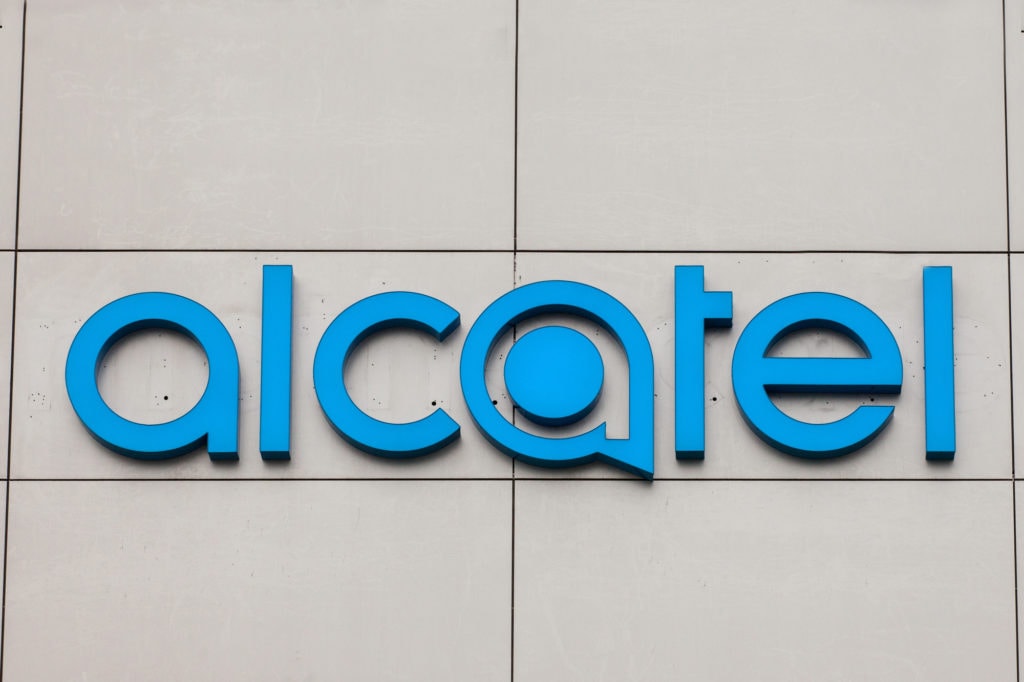
The company also acquired the consumer electronics sector of Standard Elektrik Lorenz A.G. from Alcatel in 1987. This further strengthened Nokia's foothold in the television market. After that, they also became the third largest manufacturer in Europe. In 1988, the brand acquired the data systems division of the Swedish Ericsson Group. After this acquisition, it was also the largest Scandinavian information technology business.
In 1986, the company had grown so large that it comprised 11 division groups.
Leadership decided to consolidate their 11 groups into four industry segments:
- Electronics
- Rubber and flooring
- Cables and machinery
- Paper, power, and chemicals
This streamlined reporting efforts. But it also helped central management better oversee each division.
Moreover, plans to expand beyond Finnish borders moved forward. The Finnish government allowed greater foreign participation in Nokia ownership. This allowed the company to serve its interests in international markets better.
Kairamo wanted Nokia to establish an international presence. He built relationships with companies in France, Sweden, Canada, and Britain. For many of these relationships, the company served as an original equipment manufacturer (OEM). The company manufactured products as a subcontractor for many companies, including:
- Hitachi, a Japanese multinational conglomerate
- Ericsson, a Swedish multinational networking and telecommunications company
- Northern Telecom, a Canada-based telecommunications and data networking equipment manufacturer
From 1980 to 1988, revenue from Nokia's electronic sector grew from 10% of its annual sales in 1980 to 60% in 1988.
While these business relationships helped Nokia, Kairamo realized a problem. These alliances were working against their interests. As an OEM, the company would remain in the shadows as a manufacturer. However, Kairamo wanted it to be easily recognized.
New CEO Emerges
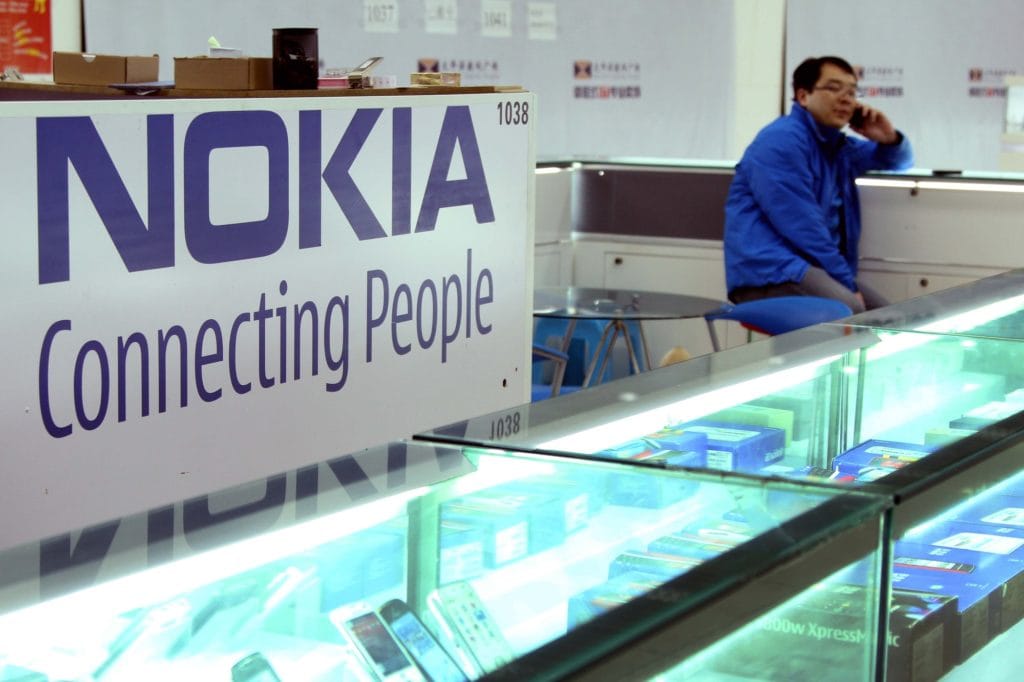
Despite its rapid growth, the company did suffer a devastating loss. Unfortunately, Kairamo committed suicide in 1988 for unconfirmed reasons. In his place, Simo Vuorilehto took the helm as CEO.
When Vuorilehto became CEO, he introduced changes that would pave the way for further success. To start, the company underwent some restructuring (again). The company split into six business groups:
- Consumer electronics
- Data
- Mobile phones
- Telecommunications
- Cables and machinery
- Basic industry
Unfortunately, the company also started facing financial troubles. In the early 90s, the stock price dropped. Some report the loss at $102 million in 1991. Many factors pointed to these troubling times:
- Intense competition in Europe
- The collapse of the Soviet Union
- Internal struggles within the Finnish banking system
Subsequently, Jorma Ollila became Nokia's CEO in 1992. He committed himself to resolve Nokia's financial struggles.
Time for Some Downsizing
To resolve its financial woes, Ollila focused on divesting some of Nokia's divisions.
Ollila also sold off many of Nokia's sectors, including Finnish Rubber Works. (Recall that this company merged with two other companies to form Nokia Corporation). In 1991, Vuorilehto sold Nokia Data to UK-based International Computer Limited. Nokia Data was one of the company's computer divisions. Finally, he also sold off Nokia's paper and flooring businesses.
Nokia's consumer electronics division's workforce dropped by 45%. Ollila shuttered plants. Then he sold off a power unit in 1994. Finally, he sold off their television and tire and cable units in 1995.
Ollila decided that telecommunications were their best chance for success. To help them with this, Ollila acquired UK-based Technophone Ltd. in 1991. And in 1993, Nokia began selling its first digital cellular phone.
A Golden Era
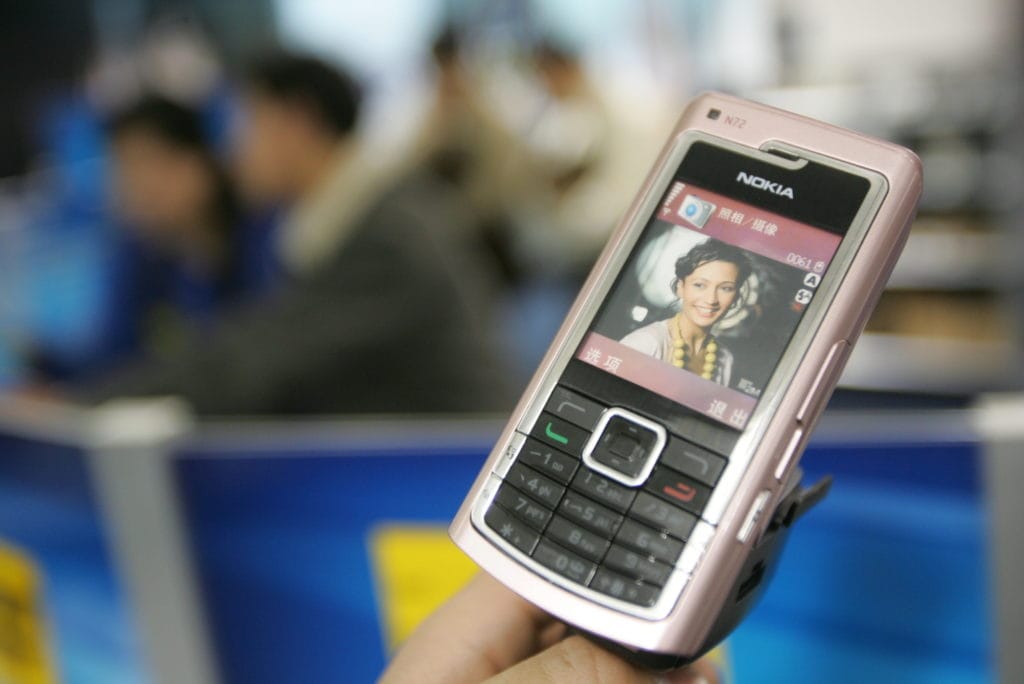
Arguably, Ollila's leadership ushered in a golden era for the company. During this time, it innovated heavily and launched products that rocked the mobile phone market.
In 1992, they introduced the Nokia 1011, the first commercially available GSM phone. (Fun fact: Finnish Prime Minister Harri Holkeri was the first to make the world's first GSM call.)
Nokia's 6100 series of digital phones attracted customers for its performance and appearance. The lightweight cell phone could fit in your pocket. Moreover, it had long-lasting battery life.
No longer stuck in obscurity, the company's popularity exploded worldwide.
Motorola was a significant competitor in the mobile phone market. In 1998, Nokia surpassed Motorola. In the mid-to-late-90s, the market shifted from analog to digital cell phones. The company was slightly ahead of the market and outperformed Motorola. Motorola found itself with too many analog phones to sell.
This led to Nokia becoming the number one phone manufacturer in the world. More than that, the company was a household brand and owned the lion's share of the market.
At the beginning of Ollila's reign, Nokia suffered a loss of over $100 million. Under Ollila's leadership:
- Sales more than doubled from FIM 15.5 billion in 191 to FIM 36.8 billion in 1995.
- In 1995, it experienced a 2.2 billion profit.
- Nokia's market capitalization multiplied ten times.
- The company's stock price skyrocketed 220%.
Forbes attributed Nokia's wild success to Ollila. Under Ollila's leadership, it became one of the most profitable telecommunication companies.
Rise of Mobile Internet
To further innovate the mobile phone market, Nokia started researching into mobile internet as well.
The Nokia 9000 Communicator, launched in 1996, was the first communication device that included phone, data, email, and fax. They launched the Nokia 8110 in the same year. It was the first mobile phone with internet access. The company was also the first company to launch a phone connected to a laptop to transmit data over a mobile network.
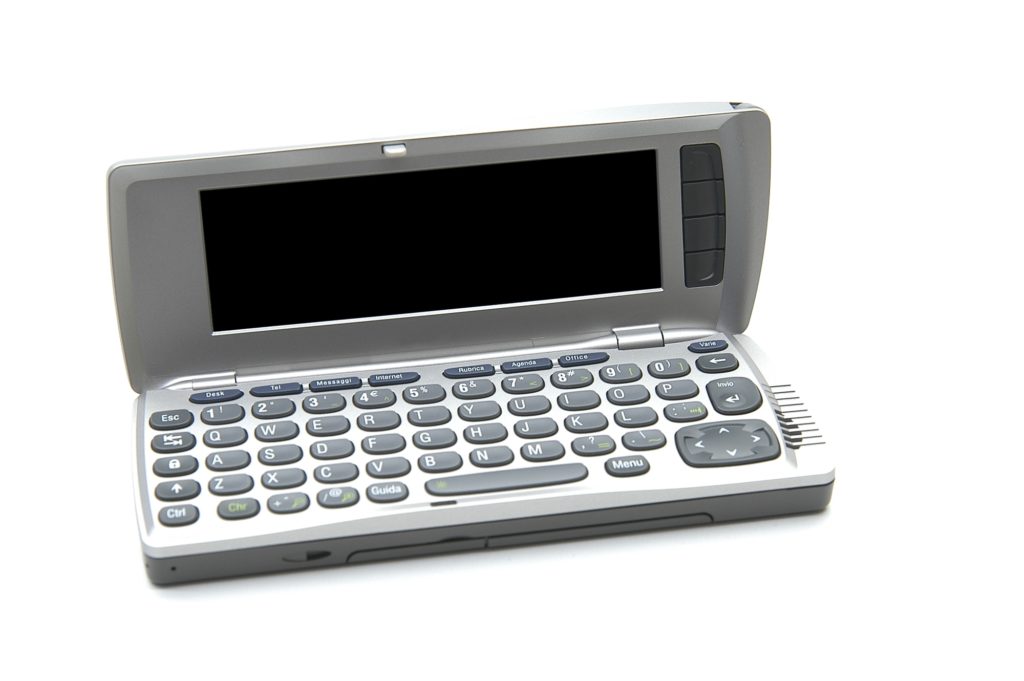
In 1997, Nokia acquired Ipsilon Networks Inc., a Silicon Valley firm that specialized in Internet routing. This information and technology helped the company further innovate their products. They didn't stop there either. They spent the equivalent of $85 million to acquire Vienna Systems Corporation. This Canada-based firm focused on Internet Protocol telephony.
These acquisitions further increased Nokia's share of the global cellular market. In 1998, its market share was 22.5%. In 1999, it was 26.9%.
By this time, revenue was still increasing with over 70 million sales.
Turning Mobile Phones Into a Commodity
Due to this, Nokia opened the door for pricer models with unique features to enter the market.
In 2005, the company launched the Nokia N90. It was the world's first phone with a built-in camera with video-recording and internet capabilities. In 2002, the Nokia 6310i was one of their first mobile phones with Bluetooth capability.
Nokia also had several of its phones featured in movies. This includes The Nokia 8110 in The Matrix and the Nokia 8210 in the first Charlie's Angels.
After leading the company for several years, Ollila retired in June 2006. Olli-Pekka Kallasvuo replaced him as president.
"Nokia is a dynamic company in a fast-changing and fluid environment," Kallasvuo said in a 2005 interview with the South China Morning Post. "I look forward to working together with our team to help Nokia shape the future of mobile communications at a pivotal time for the industry."
The Beginning of Nokia's Collapse
Unfortunately, Nokia's downfall would quickly follow its golden era. In 2007, it captured 49.4% of the market share. In 2013, the company was on the brink of bankruptcy.
As you probably know, two competitors were quickly innovating. Samsung and Apple. Kallasvuo kept a close eye on what Apple, Inc. was doing. "I'm paranoid about all the competition," Kallasvuo admitted in a conference call.
Unfortunately, Nokia did not react quickly enough. Apple and Android knocked it off its throne. Before the company could bounce back, Android and Apple gained too much traction.
Microsoft Buys Nokia
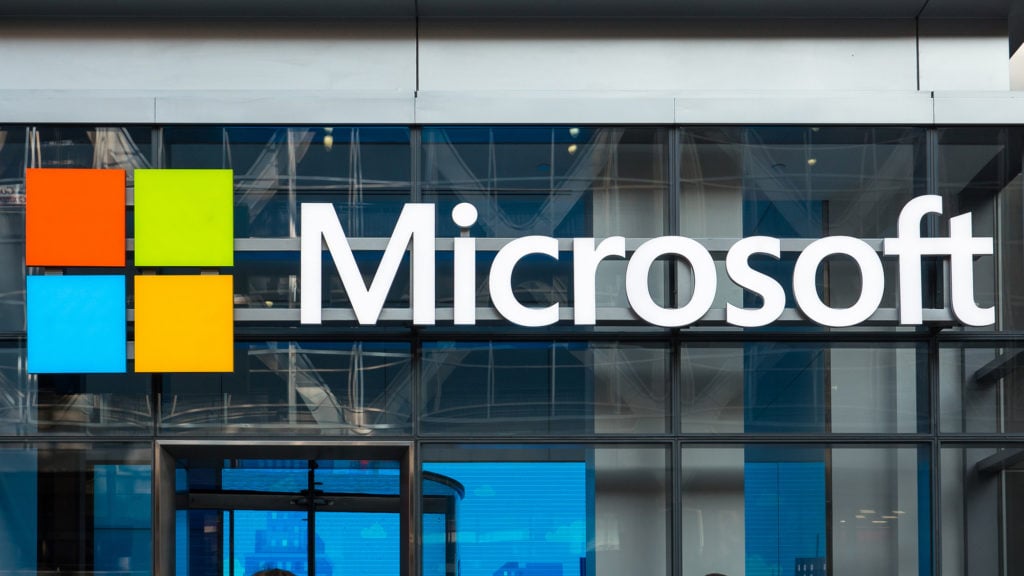
In 2010, Stephen Elop was Nokia's CEO. They entered into a partnership with Microsoft in 2011. The company planned to adopt Microsoft's OS for their phones. Unfortunately, it still wasn't enough for them to compete toe-to-toe with their major competitors.
Sales continued declining, and they were in big trouble. In 2013, Microsoft stepped in and acquired its devices and services business. Microsoft also licensed Nokia's patents and mapping services.
"In addition to their innovation and strength in phones at all price points," said Steve Ballmer, Microsoft chief executive officer, "Nokia brings proven capability and talent in critical areas such as hardware design and engineering, supply chain and manufacturing management, and hardware sales, marketing and distribution."
Elop was still hopeful that the brand could revive under Microsoft's care. "Building on our successful partnership, we can now bring together the best of Microsoft's software engineering with the best of Nokia's product engineering, award-winning design, and global sales, marketing, and manufacturing," Elop said.
What's Happening Now?
Microsoft didn't own Nokia for very long. In 2016, HMD Global purchased its mobile phone division from Microsoft. HMD Global is a Finnish mobile phone company created by former company executives.
After HMD Global re-acquired Nokia, they partnered with Google's Android One program. HMD Global is returning to its mobile phone roots and selling phones.
In 2017, HMD Global released the Nokia 3310. It was well-received by people, selling 2.8 million smartphones worldwide. In 2020, they released the Nokia 8.35G, their first 5G smartphone. Many consumers also hail the Nokia 3310, a favorite among burner phones.
Pekka Lundmark is the current CEO of Nokia Corporation. While it has undoubtedly faced many struggles in the past decade, the company is learning from past mistakes. Currently, HMD Global operates 15 manufacturing facilities, split into four business groups:
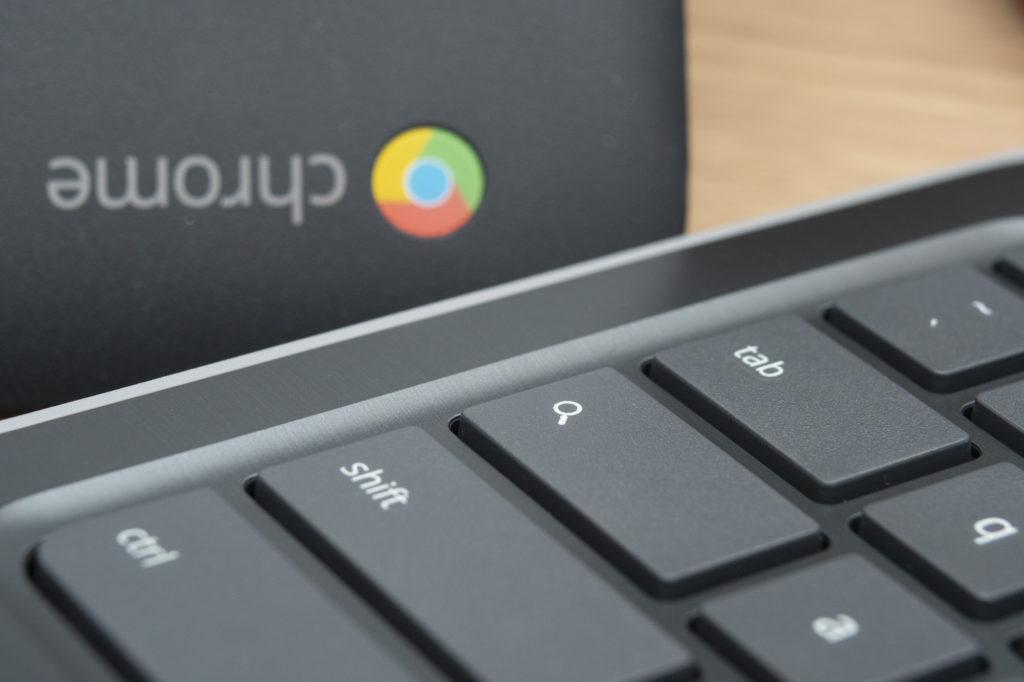
- Mobile phones
- Multimedia (e.g., mobile gaming devices and home satellite systems)
- Enterprise solutions (e.g., wireless systems for corporate use)
- Networks
In 2019, HMD Global announced a partnership with Google Cloud. The company planned to use Google Cloud's data analytic and technologies. With this, Nokia could produce superior products that better serve their customers.
In essence, HMD Global revived Nokia. Under HMD Global, the smartphone could potentially become a top competitor in the mobile phone market.
Why Did Nokia Fail?
Nokia's wild success was undoubtedly impressive. However, many say pride spelled its downfall. Here are three reasons that knocked the company from the top spot.
Upper Management
According to sources, upper management was uncooperative. With Nokia's success, many felt their positions were secure. This pride blinded them from seeing up-and-coming competitors.
Innovation was key to Nokia's success in the mobile phone market. However, in-fighting and bureaucracies halted new ideas and designs from flourishing.
"We were spending more time-fighting politics than doing design," said former chief designer Alastair Curtis.
Also, the decision-making process was slow. It took more time than necessary for upper management to review and apply new ideas. This inefficiency is why Frank Nuovo, former VP and chief designer, left in 2006.
New Competition
Nokia was iconic and groundbreaking with its mobile phones. The company introduced 36 phones and was among the first to leverage built-in cameras and Bluetooth capability. This type of innovation allowed the train to run for as long as it did.
This technology inspired other companies to research and introduce their own products—namely, Samsung and Apple. As a result, Samsung and Apple slowly gained the market share with their software-driven mobile phones.
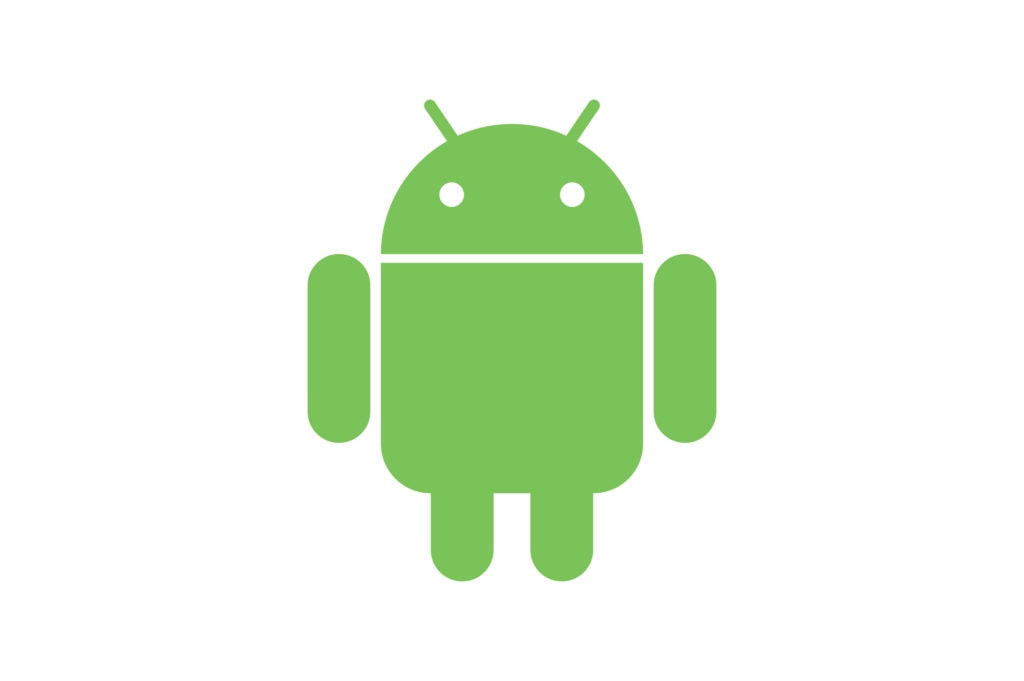
Failure to analyze the competition left Nokia in the dust. Instead of innovating, it rested on its laurels.
Closing a Door of Opportunity
The company had an opportunity to partner with Android. Nokia was to replace Symbian as their OS with Android. Yet, it refused.
This may be pure speculation... But consider what would have happened if Nokia made a different decision. Had Nokia partnered with Android, could it have ushered in another golden age for Nokia?
Elop explained Nokia's decision to refuse. "What we were worried about a couple of years ago was the very high risk that one hardware manufacturer could come to dominate Android. We had a suspicion of who it might be because of the resources available, the vertical integration, and we were respectful of the fact that we were quite late in making that decision," said Elop.
There's no mystery behind the identity of that manufacturer: Samsung. Elop pointed out that the top leaders were Apple and Samsung/Android. Elop wanted to position Nokia as a third alternative. However, he realized that it was an uphill battle.
"Now, it's hard - it's very difficult because we are starting as a challenger, we're having to build that credibility," he added.
Nokia FAQs
How did Nokia start?
Nokia started as a single paper mill operation in 1865. Over time it expanded its products and services to include cable, rubber boots, tires, and television. In 1990, Nokia shifted to telecommunications and made its first GSM call in 1991. By 1998, Nokia's best-selling mobile phone was a global favorite.
Who invented Nokia?
Leo Mechelin and Eduard Polón co-founded Nokia in 1865. The company started as a paper mill company under Mechelin's leadership. Eduard Polon owned Finnish Rubber Works, a manufacturer of rubber products. Nokia entered into a partnership with Finnish Rubber Works in 1922.
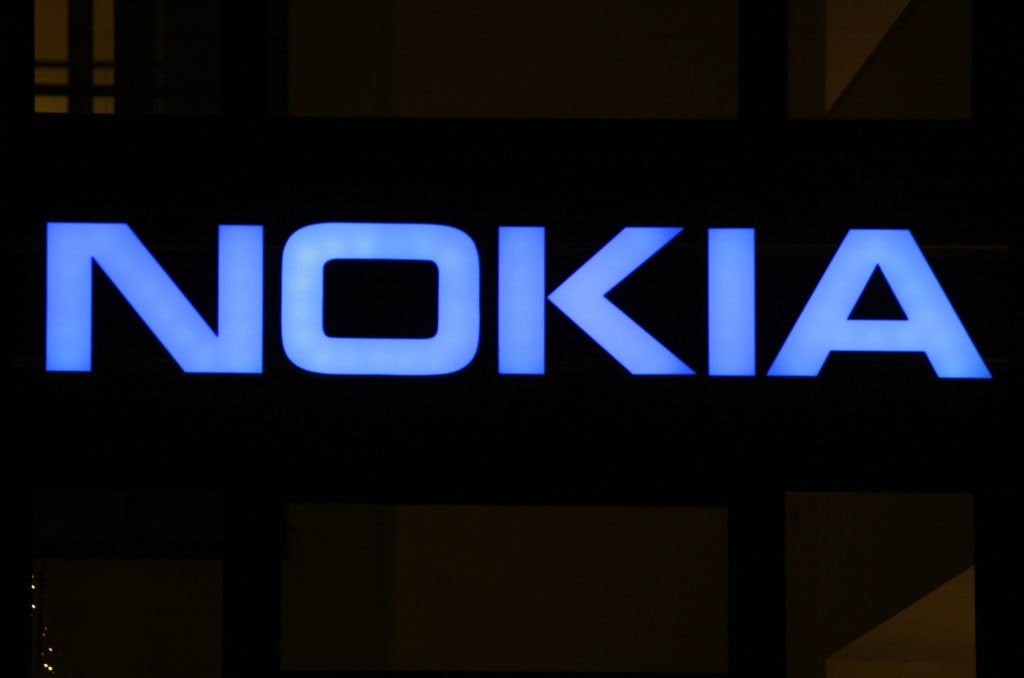
In 1967, the companies merged to form a new Nokia Corporation. It operated in four industries: forestry, cable, rubber, and electronics. Nokia did not launch the Mobira Senator car phone, their first mobile phone, until 1862.
Does Microsoft still own Nokia?
Microsoft acquired Nokia in 2014 and sold it in 2016 to FIH Mobile Ltd for $350 million. FIH Mobile Ltd. is a subsidiary of Hon Hai/Foxconn Technology Group and HMD Global. HMD Global has rights to use the "Nokia" trademark on feature phones until 2024.
Why was Nokia successful?
Nokia was successful because of its commitment to high-value products. Nokia launched multiple mobile phones, often adding new features with each launch. For instance, Nokia was among the first to release a mobile phone with a built-in camera.
What companies has Nokia acquired?
Nokia has acquired numerous countries since its founding in 1865. These include:
- Motorola Solutions Wireless Networks
- Alcatel-lucent
- Gainspeed
- Deepfield
- Complete
- Unium
- SpaceTime Insight
- Elenion
Is Nokia dead?
No, Nokia is not dead. HMD Global purchased the rights to market the Nokia brand in 2017. Sources report that Nokia shipped over 4 million smartphones in Q2 2019.
Can Nokia rise again?
Samsung and Apple are the top two consumer brands in the mobile phone market. However, HMD Global's partnership with Google's Android One program holds promising results. HMD Global's release of Nokia 3310 in 2017 was generally well-received.
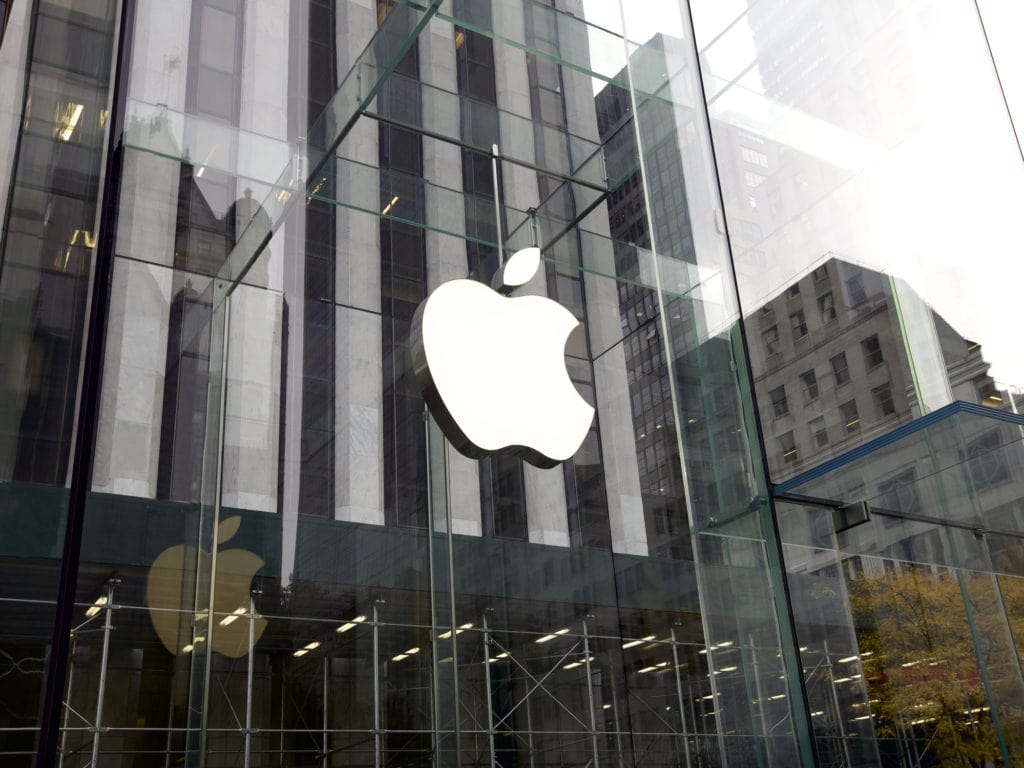
Nokia: The Bottom Line
Nokia's company timeline extends for more than a century. Nokia's history is rich with experience, smart pivoting, and some unexpected products.
The turn of the century propelled Nokia to stardom. It became a leading provider of mobile phones. The iconic Nokia ringtone was recognizable in nearly every country.
Unfortunately, Nokia could not ride these tailwinds and continue producing innovative products. HMD Global's acquisition of the Nokia brand looks promising. It is possible that Nokia could hold its own against Apple and Samsung.
The Takeaway
Entrepreneurs on the path to building seven-figure businesses do well to study startups that grew into huge brands. There are lessons to learn, missteps to avoid, and inspiration to gather.
Not only that, but by learning about brands that grew larger than anyone’s initial expectations, you can expand your ideas about what’s possible as you build your own brand. Very few brand owners start off imagining their business will grow to the billion-dollar mark. But by building with that kind of valuation in mind, you can make a bigger pie for everyone involved.
We’d love to help you build a million-dollar brand you can sell. That’s what we do inside The One Percent. Come check us out and find your tribe. There’s no reason to build your business alone.




